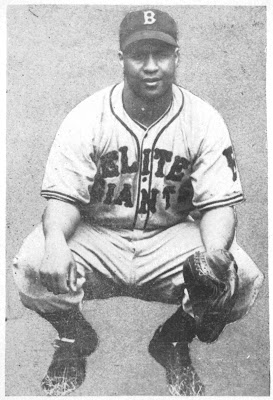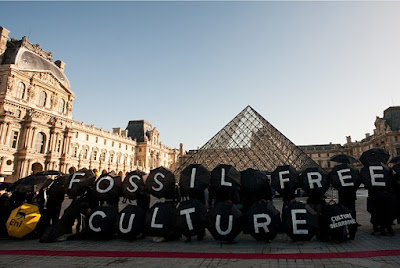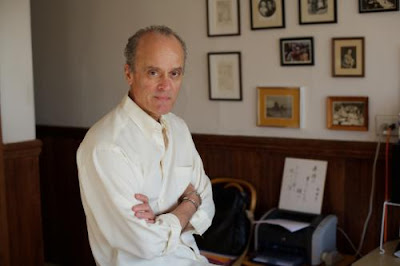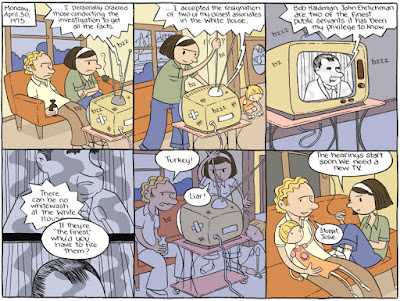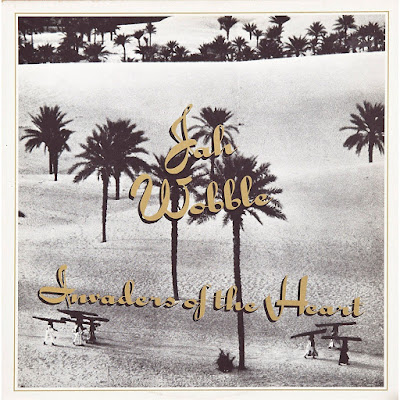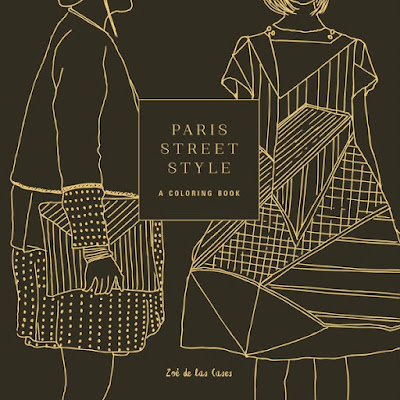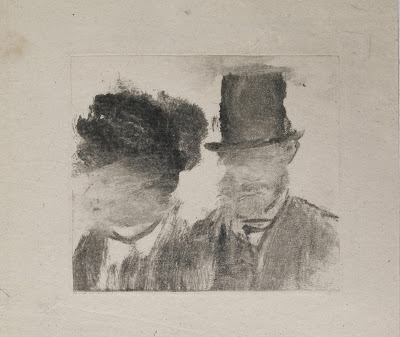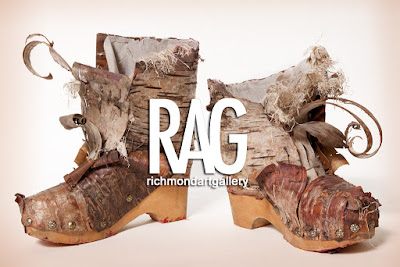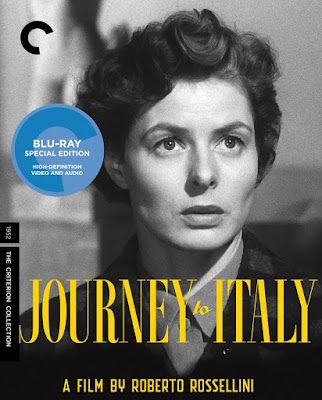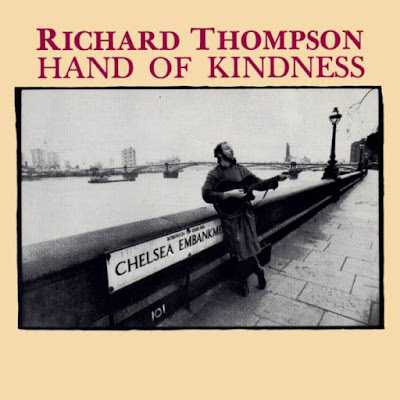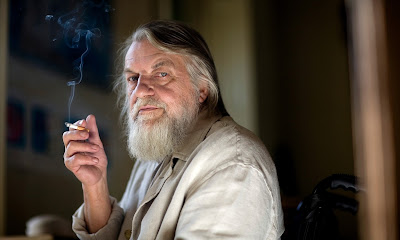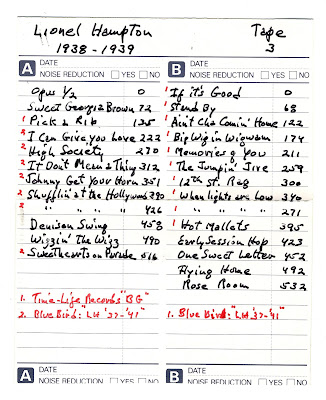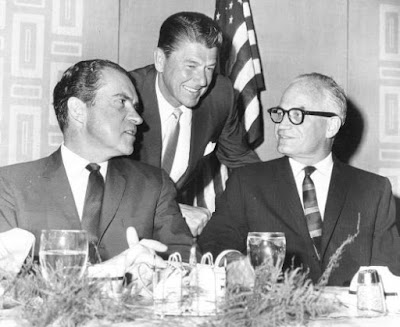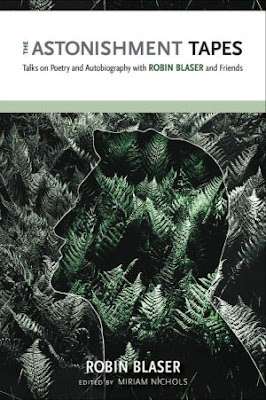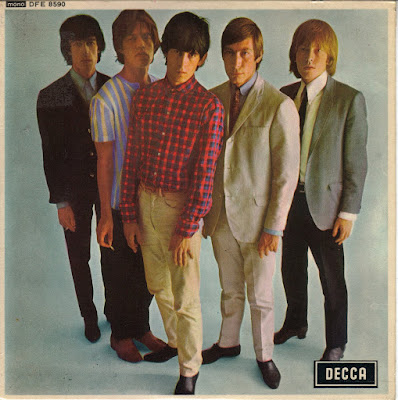
Wikipedia - "Five by Five is the second EP by The Rolling Stones and was released in 1964. Captured during a prolific spurt of recording activity at Chess Studios in Chicago that June, Five By Five was released that August in the UK shortly after their debut album, The Rolling Stones, had appeared. The title of Five by Five is a play on words—five tracks recorded by the five members of the band. Because Mick Jagger and Keith Richards were still honing their songwriting skills, only 'Empty Heart' and '2120 South Michigan Avenue' were credited to 'Nanker Phelge,' a pseudonym for band-written compositions. The rest of the EP is composed of R&B covers from some of their favorite artists. ..."
Wikipedia
W - "2120 South Michigan Avenue"
The British Invasion Soldier That Didn’t Make It: The 1960s EP (Part 2)
allmusic
YouTube: If You Need Me, Empty Heart, 2120 South Michigan Avenue, Confessin` The Blues, Around And Around (Live)
2015 August: Exile on Main Street (1972), 2015 October: "Let's Spend the Night Together" / "Ruby Tuesday" (1967), 2015 December: Brian Jones Presents the Pipes of Pan at Joujouka (1971), 2016 January: Some Girls (1978), 2016 January: The Rolling Stones (EP)

